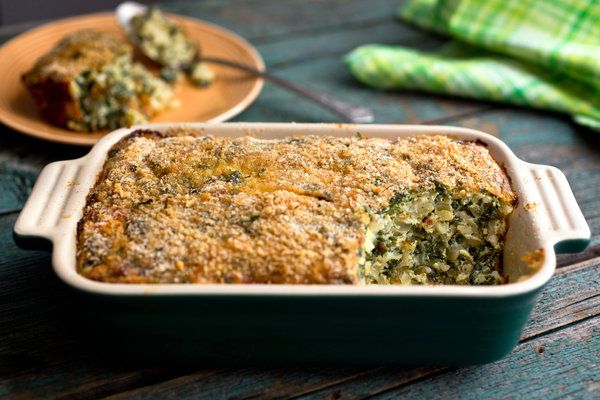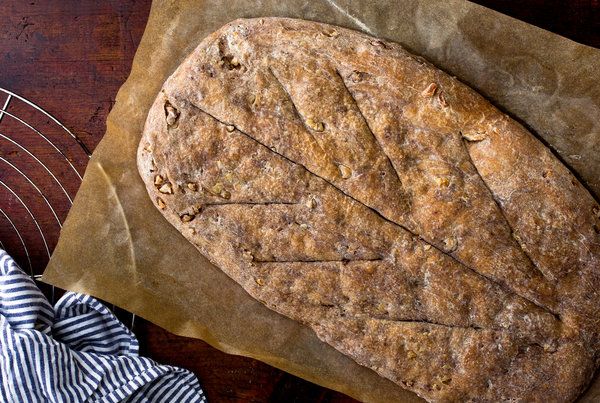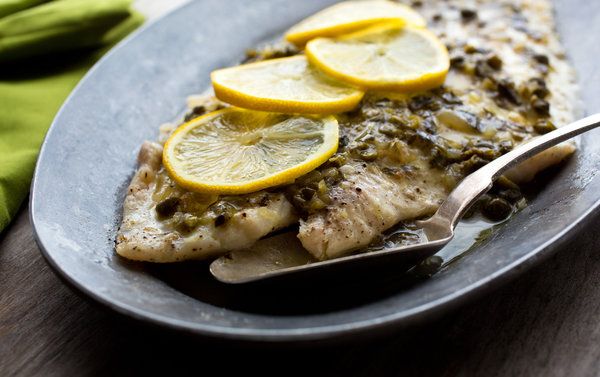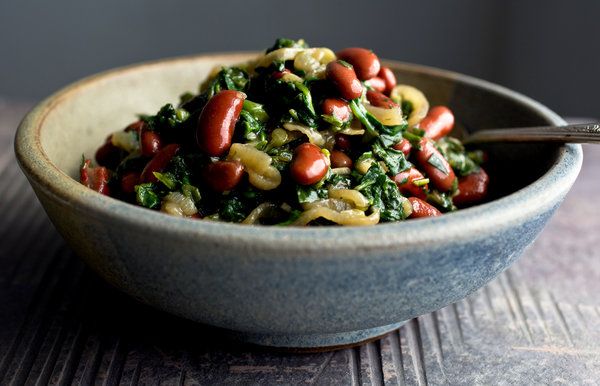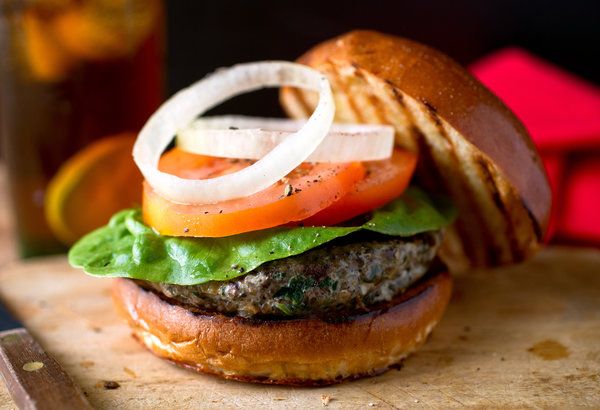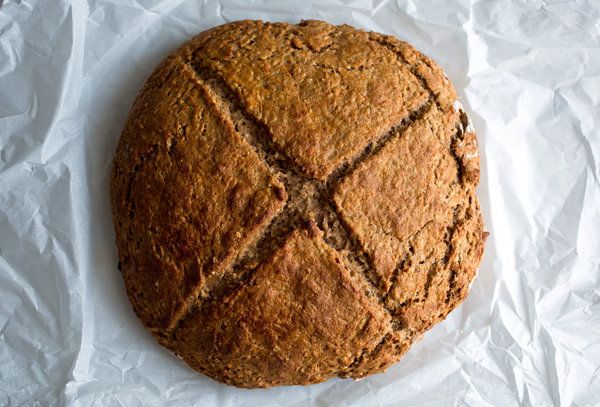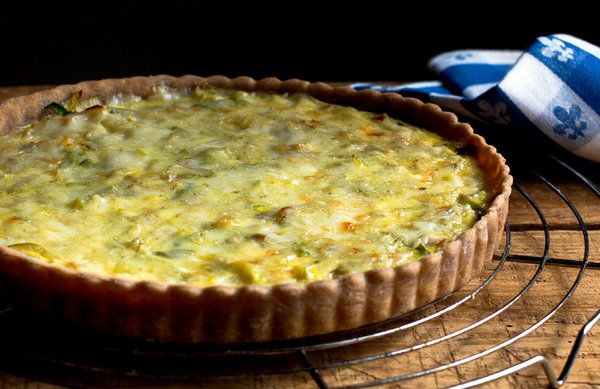Cross posted from The Stars Hollow Gazette
During the recent madness of the NCAA Men’s Basketball Tournament, Louisville Cardinals’ player Kevin Ware fractured his lower leg during the game. The injury, caught on camera, was so gruesome that most news outlets refused to show the film or pictures. Fortunately for Ware, the injury, a fractured tibia that required surgery to repair, will most likely not end his college basketball career. He’s lucky, so far. Others have not fared so well, despite the fact that both the NCAA and the schools that are members make millions off these athletes, as well as, from the merchandise and advertising.
A 2009 New York Times article raised concerns about the inadequacy of health insurance for college athletes that the National Collegiate Athletic Association required.
But the association never established clear standards for that coverage when it introduced the rule four years ago, leaving colleges to decide for themselves. While some colleges accept considerable responsibility for medical claims, many others assume almost none, according to a review of public documents from a cross section of universities and interviews with current and former athletes, trainers, administrators and N.C.A.A. officials. [..]
Many students, whether athletes or not, have medical insurance through their parents. But these plans often exclude varsity sports injuries, limit out-of-state treatment or do not cover much of the bill. Some colleges buy secondary policies to fill the gaps, although even these plans have holes. And only players hurt badly enough to require extensive care can turn to the N.C.A.A. for coverage. Its catastrophic insurance carries a $75,000 deductible, which will increase to $90,000 next year.
The absence of mandated coverage for athletes has prompted calls for change.
That was four years ago and it seems little has changed. While the athletes play for free and risk injury that could end not only their playing but their college ambitions as well, since many are on athletic scholarship dependent on their participation. Dave Zirin, at The Nation, recounts what happened in the aftermath of Ware’s injury and the reaction of the NCAA and the university:
On Wednesday we learned that Adidas, in conjunction with the University of Louisville athletic department, will be selling a $24.99 t-shirt with Kevin Ware’s number 5 and the slogan “Rise to the Occasion” emblazoned across the back. His team will also be wearing warm-ups with Ware’s name, number and the slogan “All In.” (This tragically is not a tribute to Chris Hayes.)
You almost have to tip your cap: no non-profit does buccaneer profiteering quite like the NCAA. What other institution would see a tibia snap through a 20-year-old’s skin on national television and see dollar signs? In accordance with their rules aimed at preserving the sanctity of amateurism, not one dime from these shirts will go to Kevin Ware or his family. Not one dime will go toward Kevin Ware’s medical bills if his rehab ends up beneath the $90,000 deductible necessary to access the NCAA’s catastrophic injury medical coverage. Not one dime will go towards rehab he may need later in life.
Kevin Ware was returned to the unversity accompanied by hi s coach and has been declared well enough to attend the “Final Four.” Meanwhile, university officials were mum on what will happen to his scholarship in the fall if rehab doesn’t go well over the summer.
MSNBC’s Chris Hayes addressed the question of NCAA athletes as uncompensated employees of the NCAA and the “fat profits” the NCAA makes off not just the games but the individuals after they leave the team.
If you happen to be among the millions of people who watched the NCAA tournament Sunday, you watched as Louisville Cardinals sophomore guard Kevin Ware broke his leg during an awkward fall after a routine move: an injury so gruesome it left players in tears, and more than a few people feeling sick to their stomachs.
People who saw it in real-time howled involuntarily. Everyone in the stadium was affected. Social media blew up.
Right away, people wanted to know if Ware’s leg was going to be OK, and if he was ever going to play basketball again. But they also wanted to know-I wanted to know-if Ware isn’t going to play basketball again because of this injury, is he going to be able to go back to Louisville next year, and is he going to have a scholarship?
If Ware isn’t going to have a scholarship, what’s going to happen to him? And in any case, who is going to pay his medical bills? Is he covered for this? And most profoundly and urgently, why isn’t Kevin Ware being paid for his labor? [..]
It was gruesome on a visceral level, because of the severity of the injury, but it was also gruesome because while all of us were enjoying the game, all the people making money off of it, including the advertisers, and athletic directors, and apparel companies, had to reckon for a brief instant with the fact that this kid, now in agony, was on the job making their programs possible.
Chris noted an article in The Atlantic by Taylor Branch; it is long but a must read that tell os the scandalous mess that is the NCAA and college sports.

 Welcome to the
Welcome to the 
